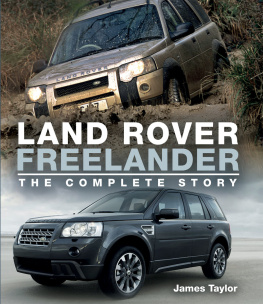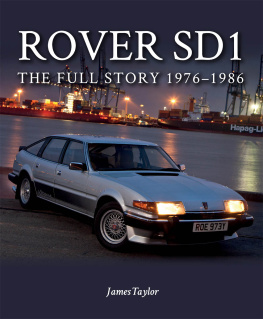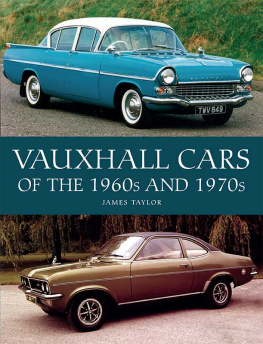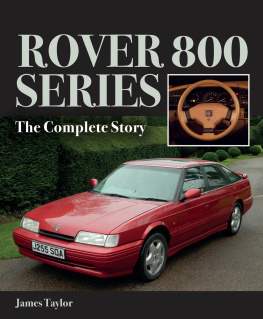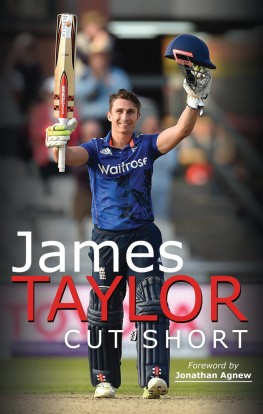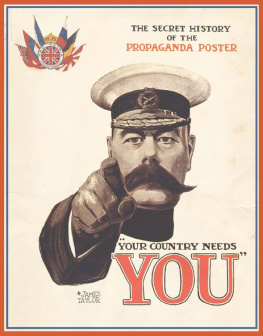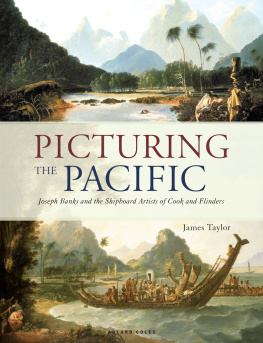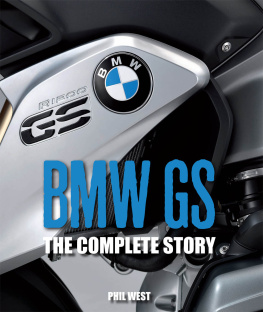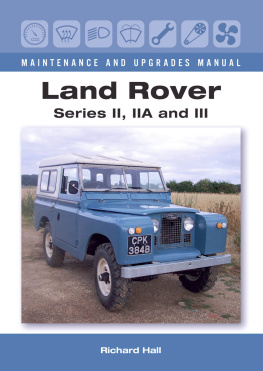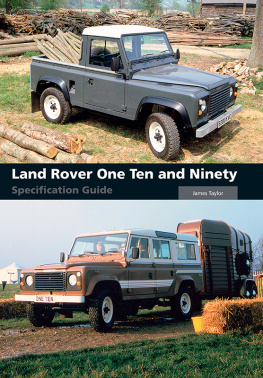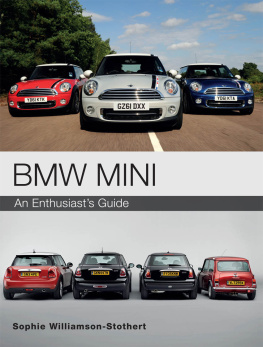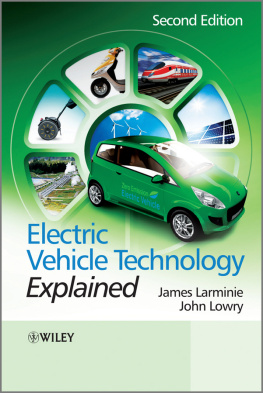LAND ROVER
FREELANDER
T H E C O M P L E T E S T O R Y
OTHER TITLES IN THE CROWOOD AUTOCLASSICS SERIES
ALFA ROMEO 916 GTV AND SPIDER Robert Foskett
ALFA ROMEO SPIDER John Tipler
ASTON MARTIN DB4, DB5 & DB6 Jonathan Wood
ASTON MARTIN DB7 Andrew Noakes
ASTON MARTIN V8 William Presland
AUDI QUATTRO Laurence Meredith
AUSTIN HEALEY Graham Robson
BMW CLASSIC COUPS James Taylor
BMW M3 James Taylor
BMW M5 James Taylor
BMW Z3 AND Z4 James Taylor
CITRON DS SERIES John Pressnell
CLASSIC JAGUAR XK THE SIX-CYLINDER CAR, 194870 Brian Laban
CLASSIC MINI SPECIALS AND MOKE Keith Mainland
FERRARI 308, 328 AND 348 Robert Foskett
FORD CONSUL, ZEPHYR AND ZODIAC Graham Robson
FORD ESCORT RS Graham Robson
FROGEYE SPRITE John Baggott
JAGUAR E-TYPE Jonathan Wood
JAGUAR MKS 1 AND 2, S-TYPE AND 420 James Taylor
JAGUAR XK8 Graham Robson
JENSEN V8 Mark Dollery
JOWETT JAVELIN AND JUPITER Geoff McAuley & Edmund Nankivell
LAMBORGHINI COUNTACH Peter Dron
LAND ROVER DEFENDER, 90 AND 110 RANGE James Taylor
LOTUS ELAN Matthew Vale
MGA David G. Styles
MGB Brian Laban
MGF AND TF David Knowles
MG T-SERIES Graham Robson
MAZDA MX-5 Antony Ingram
MERCEDES-BENZ CARS OF THE 1990s James Taylor
MERCEDES-BENZ FINTAIL MODELS Brian Long
MERCEDES-BENZ S-CLASS James Taylor
MERCEDES-BENZ W124 James Taylor
MERCEDES SL SERIES Andrew Noakes
MERCEDES W113 Myles Kornblatt
MORGAN 4/4 Michael Palmer
MORGAN THREE-WHEELER Peter Miller
PEUGEOT 205 Adam Sloman
PORSCHE 924/928/944/968 Glen Smale
PORSCHE BOXSTER AND CAYMAN Johnny Tipler
PORSCHE CARRERA THE AIR-COOLED ERA Johnny Tipler
RELIANT THREE-WHEELERS John Wilson-Hall
RILEY RM John Price-Williams
ROVER 75 AND MG ZT James Taylor
ROVER 800 SERIES James Taylor
ROVER P4 James Taylor
ROVER P5 & P5B James Taylor
ROVER SD1 James Taylor
SAAB 99 & 900 Lance Cole
SHELBY & AC COBRA Brian Laban
SUBARU IMPREZA WRX AND WRX STI James Taylor
SUNBEAM ALPINE AND TIGER Graham Robson
TOYOTA MR2 Nigel Burton
TRIUMPH SPITFIRE & GT6 Richard Dredge
TRIUMPH TR7 David Knowles
VOLKSWAGEN GOLF GTI James Richardson
VOLVO AMAZON Richard Dredge
VOLVO 1800 David G. Styles
LAND ROVER
FREELANDER
T H E C O M P L E T E S T O R Y
James Taylor

THE CROWOOD PRESS
First published in 2017 by
The Crowood Press Ltd
Ramsbury, Marlborough
Wiltshire SN8 2HR
www.crowood.com
This e-book first published in 2017
James Taylor 2017
All rights reserved. This e-book is copyright material and must not be copied, reproduced, transferred, distributed, leased, licensed or publicly performed or used in any way except as specifically permitted in writing by the publishers, as allowed under the terms and conditions under which it was purchased or as strictly permitted by applicable copyright law. Any unauthorised distribution or use of this text may be a direct infringement of the authors and publishers rights, and those responsible may be liable in law accordingly.
British Library Cataloguing-in-Publication Data
A catalogue record for this book is available from the British Library.
ISBN 978 1 78500 327 1
CONTENTS
INTRODUCTION AND ACKNOWLEDGEMENTS
Land Rovers Freelander has been controversial among enthusiasts of the brand ever since it was announced in 1997. But it was certainly not perceived that way by the buying public. Right from the start, it sold extremely well, and for its first few years was the best-selling 4x4 in Europe.
So why the controversy? Simply because the Freelander sacrificed ultimate off-road ability for improved on-road ability, the thinking behind that being the entirely sensible recognition that most drivers avoid difficult off-road driving most of the time. Yet the Freelander has off-road ability far beyond what most drivers ever need, and certainly way in excess of most of its rivals.
For Land Rover, the Freelander was a bold and decisive step into mainstream car manufacture. When the model was launched, the company calculated that 75 per cent of sales would be conquest customers people who had not previously owned a Land Rover of any kind. Those new customers would not be typical 4x4 buyers, who wanted such a vehicle either for use off the road or for such duties as towing. They would be ordinary everyday folk who were attracted to the strengths and image of the Land Rover brand but who, for the most part, would not have bought one of the companys existing models.
That calculation was entirely correct, but for the second-generation model, introduced in 2006, Land Rover took heed of the negative comments directed at the first Freelander. The Freelander 2 (called LR2 in the USA and some other markets) was a superb all-rounder, with all the desirable features of its predecessor allied to a more recognizable Land Rover feel and much improved reliability.
Land Rovers have always sold in far greater quantities overseas than in their home country, and it is easy to fall into the trap of writing only about the UK models. For that reason this book takes particular care to examine Freelanders abroad, but I am well aware that there is far more that could be said. Overseas Freelander owners who want to add to the story or indeed any readers who feel they can correct or add to what is in this book are more than welcome to contact me through the publisher.
As always, I am indebted to a number of individuals who have helped out with information and pictures. A great deal of information obviously came from Land Rover itself, not least during the period between 1997 and 2010 when I was able to attend several technical seminars, ride-and-drive and other Freelander-related events laid on for the media.
Individuals at Land Rover who added their own views have included John Bilton, Roger Crathorne, Dick Elsy, Mike Gould, Steve Haywood, Gerry McGovern and Don Wyatt. I have also been fortunate to receive plenty of help from Paddy Carpenter at the Police Vehicle Club (PVEC), from David Morgan, from Philip Bashall at the Dunsfold Collection and from long-standing photographer colleague Nick Dimbleby. I hope I have made good use of their contributions.
James Taylor
November 2016
CHAPTER ONE
BREAKING NEW GROUND
It really was a most unusual Land Rover. The new Freelander announced in August 1997 had no low-range gears for off-road use; it had no separate chassis; the engine was mounted transversely; there was no aluminium in its outer body panels; and it had rack-and-pinion steering and all-round independent suspension, both previously considered taboo by Land Rover engineers. Most of all, it was entering a sector of the market where Land Rover had never before been represented, a sector where the off-road ability central to perceptions of the marque was likely to be of little consequence. No wonder many people, both inside and outside the company, had difficulty accepting it as a real Land Rover. Some still do.

